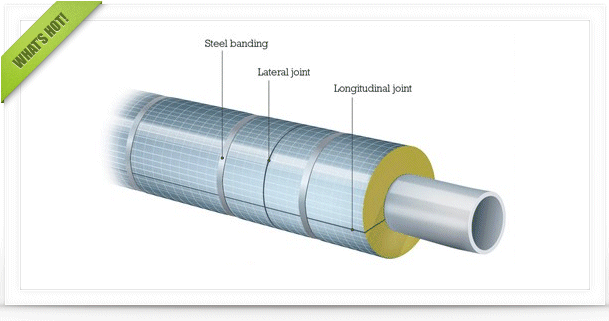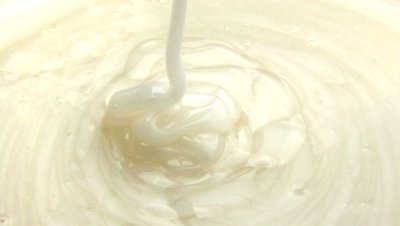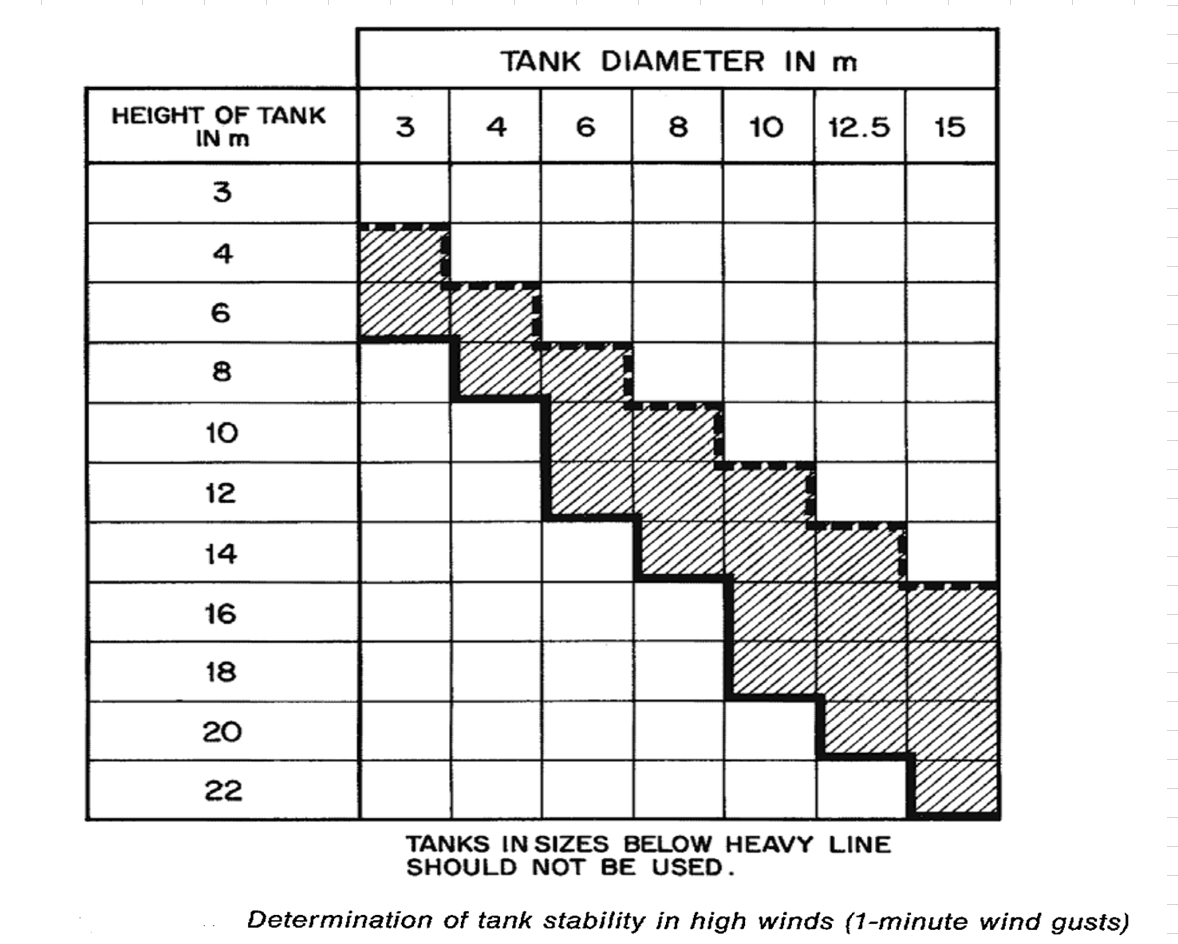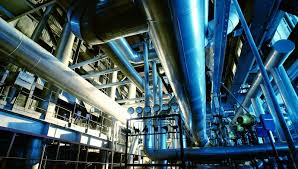I am struck with a problem- to calculate how much air is sucked into a tank (tank volume = 3m3) at 0.3barA when the vent valve is opened. I started with an Bernoulis principle, dP pressure drop is directly proportional to mass flow rate (air sucked into the tank), however, it is obvious that pressure drop decreases as time increases, this means mass flow rate also decreases. The flow rate decreases and reaches zero when pressure inside the tank is equal to ambient pressure. So this is a non-steady state dynamic case. Can you please suggest a way forward. Thank you.
Hi,
At first be aware the time of tank pressuring till having a pressure equal to the ambient, depends on the vent size and associate components (valve, flange, pipe,...).
Then if you would want to have the incoming air flow rate at any moment, you should do a dynamic simulation, but you can go through a simple way by breaking up the pressure increment to several intervals such as 0.3 bara-0.4 bara, 0.4 bara.-0.5 bara,... till reaching the 1 bara and for each interval calculate the amount of the air has been added to the tank volume using the method provided by latexman.
Now if you have measured the time of pressure increment for each interval you can calculate the relevant average incoming air flow rate by dividing the amount of added air to the measured time of interval.

 FB
FB












